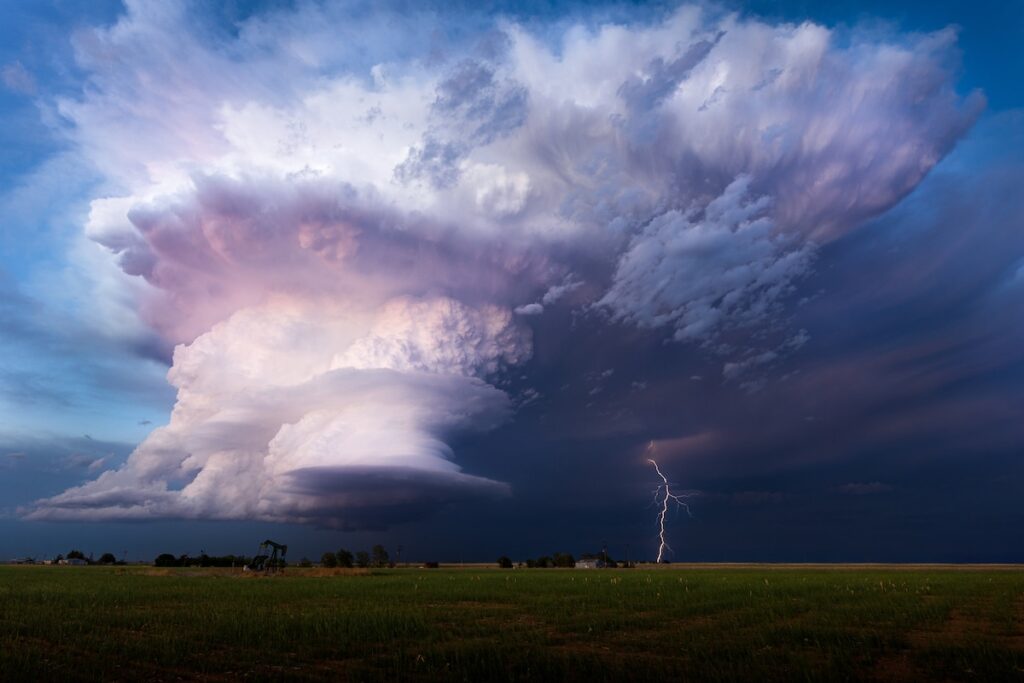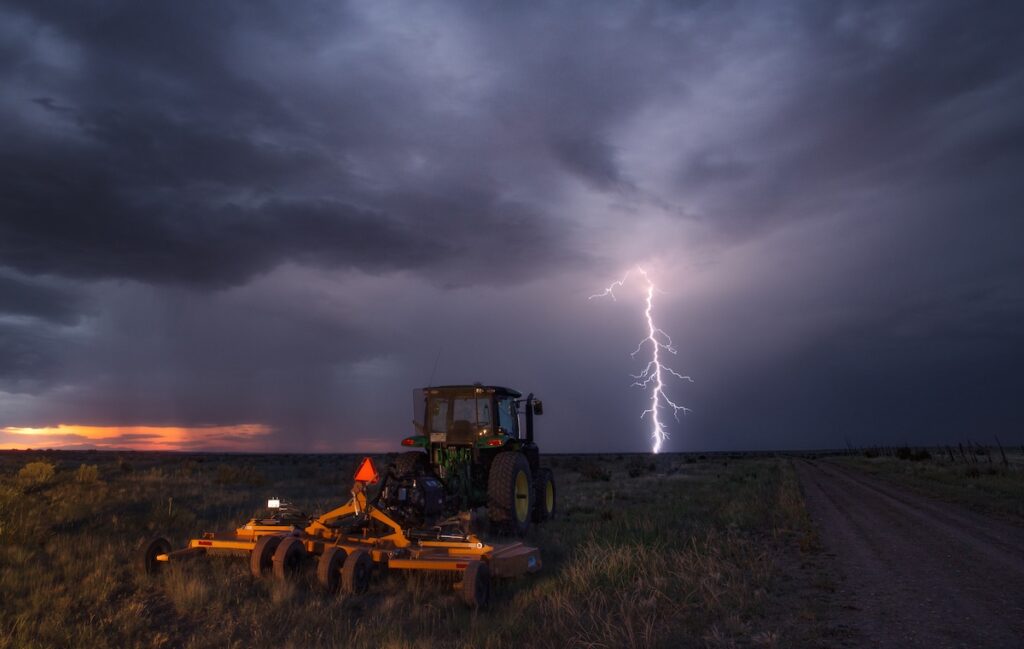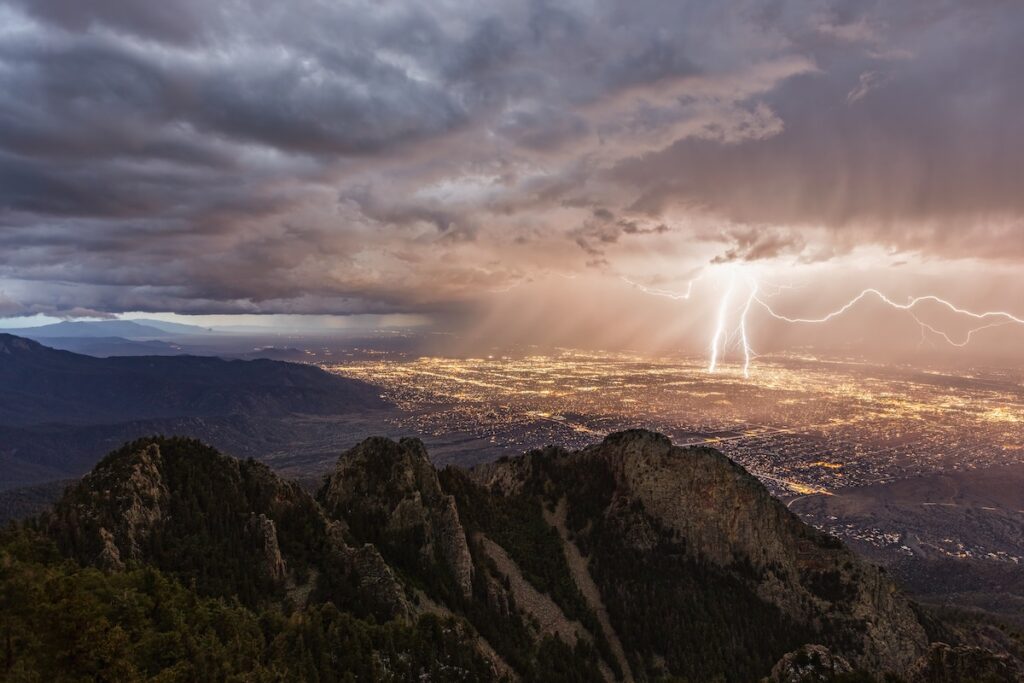Capturing the beauty and power of thunderstorms: Tips and techniques for shooting lightning

Thunderstorms are a dramatic and powerful natural phenomenon, and capturing their beauty and power in a photograph can be a thrilling and rewarding experience. However, shooting lightning and thunderstorms can also be challenging and dangerous, so it’s important to follow some basic safety guidelines and know the right techniques.
First, always check the weather forecast before heading out to shoot a thunderstorm. This will give you an idea of the storm’s location, direction, and intensity, and it will also help you plan your route and find a safe and suitable shooting location.
Second, be prepared and ready to shoot. Make sure your camera and lenses are clean and in good working order, and have extra batteries and memory cards on hand.
If you’re shooting with a DSLR or Mirrorless camera, use a fast lens with a wide aperture (f/2.8 or faster) to capture as much light as possible.

If you’re shooting with a smartphone, use the camera’s “night mode” or a third-party app to improve low-light performance.
Third, use a tripod and a remote shutter release. Shooting lightning and thunderstorms requires a long exposure, typically 1/4 to 1/2 second, to capture the lightning bolt. To avoid camera shake and blurry photos, use a tripod to stabilize your camera, and a remote shutter release or self-timer to trigger the shutter without touching the camera.
Fourth, set your camera to manual mode. In manual mode, you have full control over the camera’s exposure settings.
Fifth, use a fast shutter speed to freeze the action. While a long exposure is needed to capture the lightning bolt, you also want to freeze the motion of the storm clouds and other elements in the scene. To do this, set your shutter speed to a fast value, such as 1/125 or 1/250 second. This will allow you to capture sharp, detailed images of the storm’s features and movement.

Sixth, experiment with different compositions and perspectives. Thunderstorms are visually striking, with dramatic clouds, lightning, and rain, so try to capture these elements in your photos. Experiment with different compositions, such as wide angles to show the scale of the storm, or close-ups to highlight the details and textures of the clouds and lightning.
Finally, stay safe. Shooting thunderstorms can be dangerous, as lightning is unpredictable and can strike anywhere at any time. To avoid being struck, stay at least 6 feet away from metal objects, such as fences or poles, and avoid standing on high ground or in open fields. If you hear thunder, seek shelter immediately and wait for the storm to pass.
In conclusion, shooting thunderstorms is a challenging but rewarding experience. By following these tips and techniques, you can capture the beauty and power of these dramatic natural events and create stunning and unique photos.